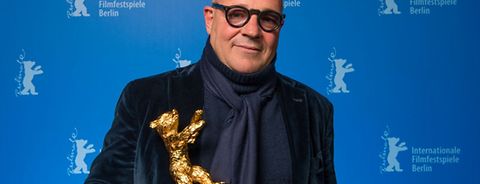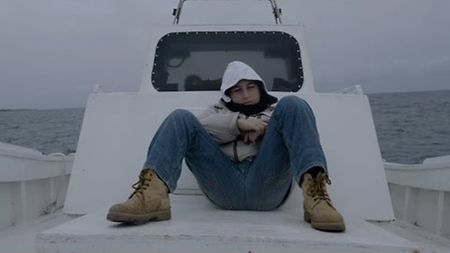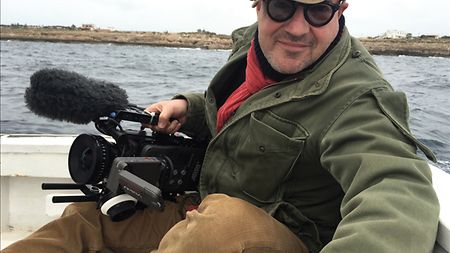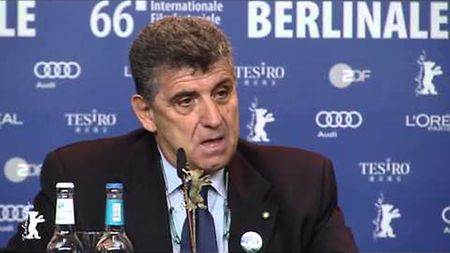The Italian director, cinematographer, producer and screenwriter Gianfranco Rosi has been awarded the 2016 Golden Bear -- the top prize at the Berlin International Film Festival, or Berlinale. Rosi was recognized for his documentary feature film "Fire At Sea," which was captured with AMIRA and examines the current European migrant crisis by focusing on the inhabitants of the Italian island of Lampedusa, where hundreds of desperate, dead or dying migrants arrive by boat every week.
This prestigious accolade represents the first major awards victory for an AMIRA production. Since its release in 2014, the documentary-style AMIRA has proved its versatility by being used on an ever-widening variety of different production types, from TV shows, sports, music videos, branded content and commercials to independent films, nature films and documentaries.
Rosi spent many months on Lampedusa, getting to know the locals to a degree that allowed him to capture their everyday lives in a natural and unobtrusive way. Working entirely by himself as a one-man crew, Rosi had to take care of both sound and image recording, a feat made much easier by the AMIRA's ergonomic design and its extensive audio options.




